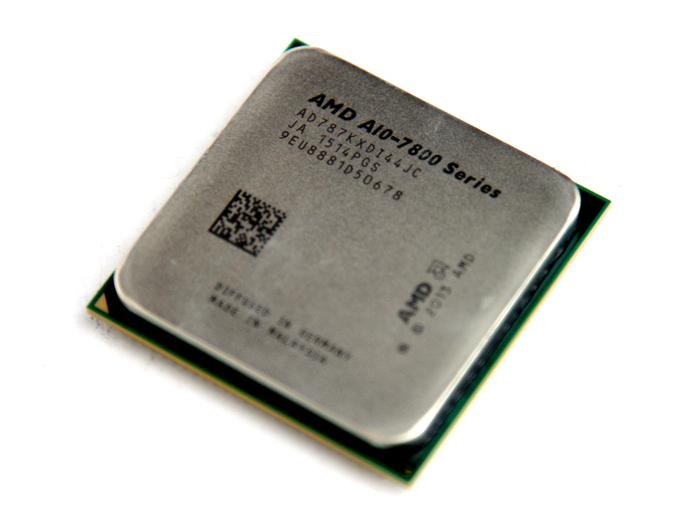Introduction
The AMD A10 7870K - Godavari is here
We review Godavari, the new A10-7870K APU from AMD. Initially intended for system-integrators who want to offer a nice APU at a reasonable price. However the 7870K today also will see the retail channel, the top dog APU from AMD is costing roughly 140 USD only and offers a nice balance in-between performance and energy consumption. The 7800 series APU is based on AMD's Kaveri architecture bringing the CPU and the GPU even closer together. Kaveri aims at several segments in the processor business like notebooks, desktops, embedded and even server solutions. Armed with a good 2.41 Billion transistors and based on a 28nm fabrication process, let's have a look at what it can do.
So with Godavari people had silent hopes that this would be a new APU architecture, nope. It was merely a project name that got blown our of proportions on the web, by the usual websites. The AMD A10-7870K Black Edition (Godavari) Flagship APU now is released. Retailers are listing this APU which will cost around a 140 USD and 129 USD for OEMs. You will have noticed that this SKU is using the 7800 series naming, not 8000 as earlier expected and rumored. Godvari architecture is in fact an update to what you guys have known and learned as the Kaveri / Excavator architecture CPU cores combined with Graphics CoreNext 1.2 based stream processors seated into the integrated GPU inside the APU.It will support higher speed DDR3 controllers allowing 2133 MHz as default using up-to 2400 MHz with AMD affiliated memory. There will be up to four x86 cores to be more specific, along with up to 512 stream processors per integrated graphics processing unit. The sheer difference for the 7870K will be that is is tweaked to be faster, the APU with a newer stepping will have a 3.9 GHz base-clock and can turbo on its dynamic boost clock frequency towards 4.1 GHz. The integrated graphics is a notch faster as well, coming from 720 MHz it is now clocked at 866 MHz.
The APU - With a CPU and integrated GPU combined, together they offer a nice amount of processor performance, especially with OpenCL and GPU assisted applications AMD is very strong opposed to Intel. The A10-7870K as reviewed today is based on the Kaveri architecture. These APUs offer up to 12 usable compute cores in total, the reality here is that AMD adds 4 x CPU cores with 8 x GPU cores to get to that number. I always add a few lines on the definition of an APU, as Intel simply sticks to processor, and AMD is very keen to call their processors APU these days. So here we go again. APUs are able to combine the potential of the processor and GPU together to enable a new class of compute performance in today’s PCs. Back in 2012 AMD introduced a series of AMD A10 "Trinity" APUs as mobile and notebook solutions. Trinity APUs where the successors of the AMD A4, A6 and A8 Llano-processors. AMD then marched onwards with Richland, basically a re-spin of Trinity. And as such we now have arrived at Kaveri with a Steamroller CPU core architecture and Radeon 7000 GCN series graphics. Make no mistake though, A10 and A8 APU processors remain entry level to mid-range targeted processors, please do understand that very clearly. So with the CPU and the GPU now pretty much being merged together we now understand why this architecture was called Kaveri, Kaveri is a large Indian river in which multiple streams of water flow together and is emptying into the Bay of Bengal through two principal mouths. Kaveri is the euphemism here with both the CPU and GPU merging together.
We'll be testing the A10-7870K APU, a quad-core CPUs with eight activated Radeon cores totaling towards a nice 512 shader processors. The APU memory controller these days supports up to DDR3-2133 and 2400 MHz with selected memory MHz memory speeds. As a K-series processor it is unlocked as well so you may tweak a little more out of it.
Next page please, where we'll go a little more in-depth.


